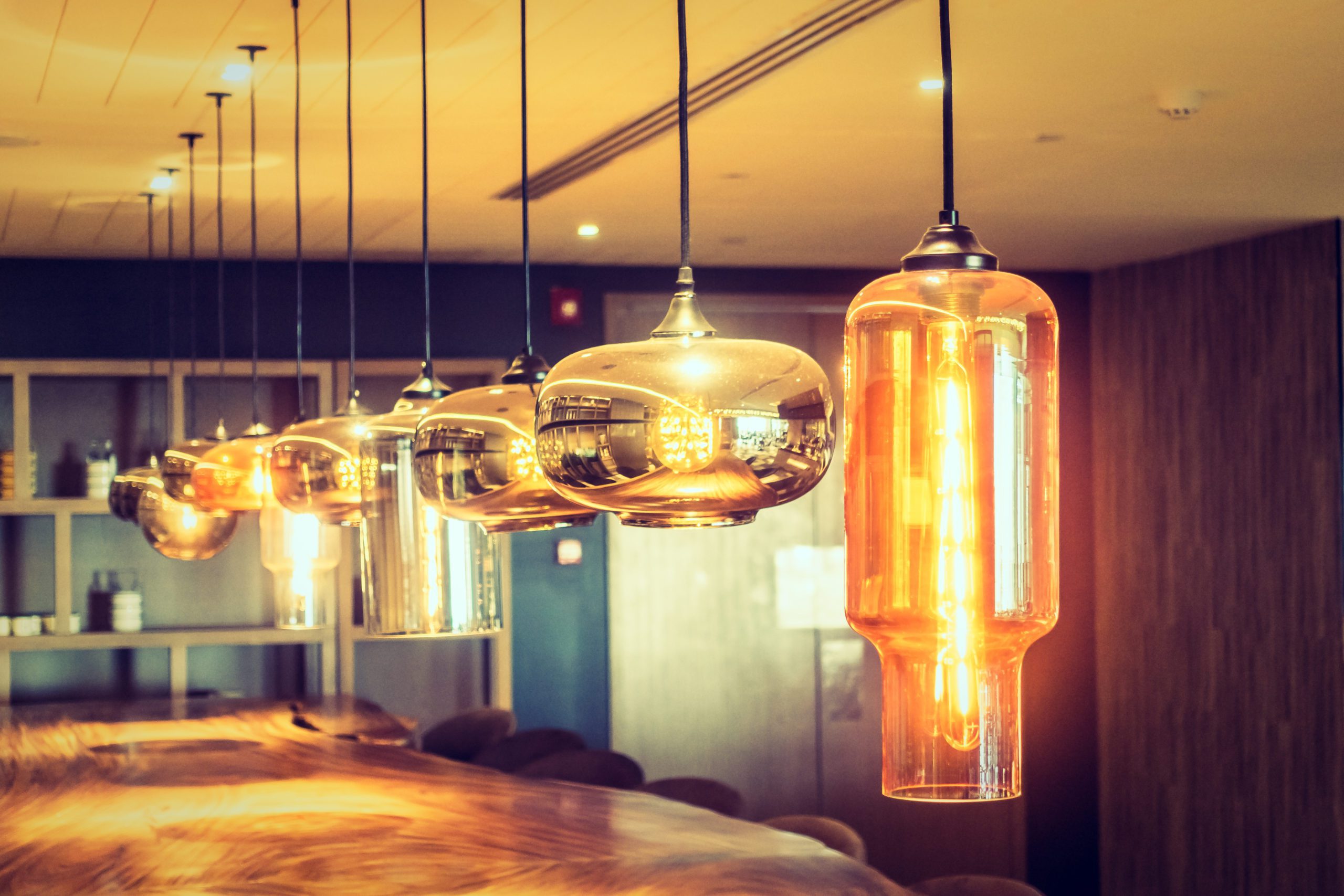
If you are a DIY-er, you may just want to make your own lampshade. This is a great way to get a customized look you know you will be happy with.
When choosing the fabric, you’ll want to go with something aesthetically pleasing, but it’s also important to choose a material you know will be safe. Your lampshade will get hot so you must opt for something that will not get damaged, melt or become discolored.
You’ll also want to make sure the bulb doesn’t have a high wattage or other characteristics that can pose a fire hazard. With that in mind, here are a few tips that will help you make a product that looks terrific and is sure to be safe.
Inner Lining
The inner lining of your lamp will be on the front line when it comes to absorbing heat. A pressure sensitive styrene, also known as adhesive styrene, is a go to material for many lamp makers. In addition to being safe, it is also flexible making it the perfect lampshade material. It can be found at most craft stores.
Outer Shell
For the outer shell, it’s best to go with natural materials such as cotton and linen. The fact that they can be ironed means they will look smooth when adhered to the styrene. Furthermore, unlike synthetic fabrics, these organic materials will not become discolored over time.
Non-Traditional
No one says lampshades have to be fabric. The nice thing about going the non-traditional route is, most non-fabric materials will not melt or burn due to the heat of a light bulb. These include metals, embroidered materials, ribbon and stained glass.
Go outside the box with the following safe materials for the outer shell:
- Glass: Glass is non-flammable and comes in a variety of colors and patterns.
- Punched Tin: Punched tin is non-flammable and durable. It will emit light through the designs punched in it creating a unique industrial inspired look.
- Seashells: Seashells are eco-friendly and naturally translucent making them an ideal lampshade material.
Bulbs and Sockets
In addition to using a material that won’t get damaged for the shade, you also want to make sure your bulb and socket are safe and compatible with each other. Check the light socket for a label that specifies what maximum bulb wattage is considered safe to use with it. Then find a bulb with a wattage that is equal to the maximum approved wattage or lower. If you are using a thin material for the lampshade, such as rice paper, play it safe by going for a lower wattage.
Making your own lampshade can open a world of creativity for your interior design. Now that you know the safe materials to use, the possibilities are out there for you to grab. Which will you be integrating into your product?
At A Lamp and Fixture, we carry over 1000 Lampshades, contact us today.


